Congratulations on Your Pregnancy! PROMAMA formula milk for pregnancy
With the remarkable journey that you’re going through, it is important to ensure that you provide a good foundation for you and your ever-growing little one with specialised nutrition right from the start. The brand new PROMAMA is a formulated milk designed to support women during pregnancy and lactation to meet their extra nutritional needs.
Maternal nutrition is important to give you and your child a head start from pregnancy, to have every possibility in future
| • Brand New PROMAMA is now with A2 Milk Protein, gentle to your tummies4. • With Sphingomyelin, DHA and Choline to support your child’s early development1-3. • High in Folic Acid, Calcium and Vitamin D to support your growing little one. • Low in Glycemic Index (GI) |
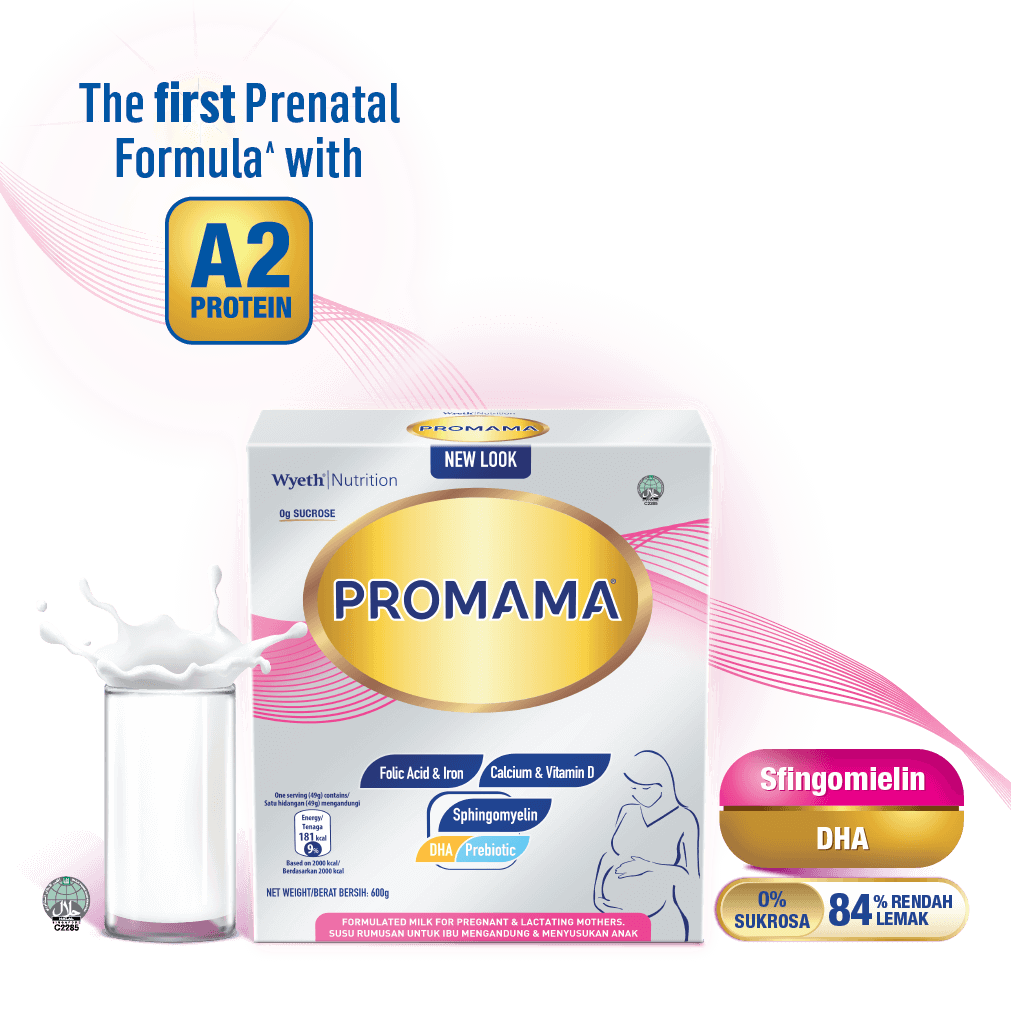
5 Reasons to try PROMAMA

Growth & Development
High in Folic Acid, Calcium & Vitamin D

0% Sucrose & 84% Lower in Fat*

Great Taste
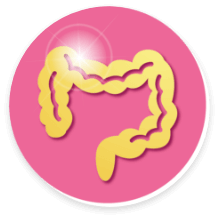
Gut Comfort
• The FIRST pre-natal formula made with A2 Milk Protein^
• Contains Prebiotic Oligofuctose
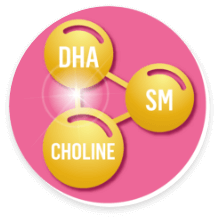
Cognitive Development
Sphingomyelin, DHA & Choline
^ Compared among key brands of formulated milk for pregnant and lactating mothers (as of March, 2021).
*Lower fat content (4.2g/100g) compared to instant full cream milk powder (26.6g/100g). Based on Nutrient Composition of Malaysian Foods 1997.
Gut Comfort - Experience the difference
| • A2 Milk Protein is gentle on tummies. Studies shown individuals who consume A2 milk protein show less gastrointestinal discomfort.4 • It is naturally produced from carefully selected A2 cows. |
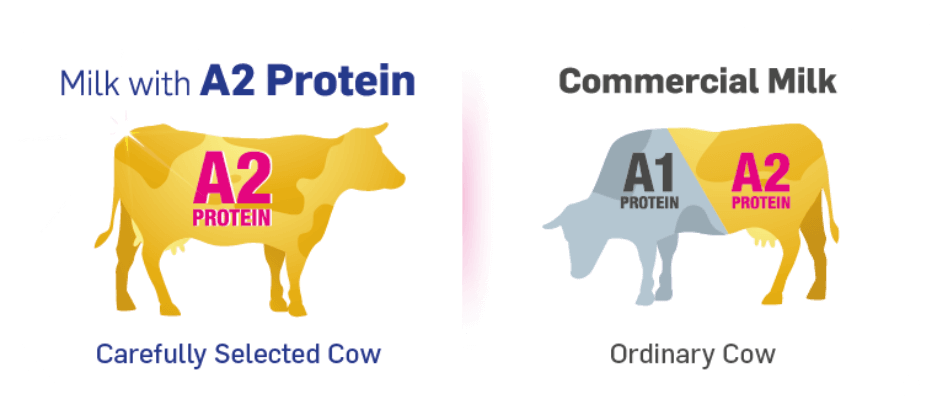
Key Nutrients Comparison Table
Click here to view full Nutrient Information
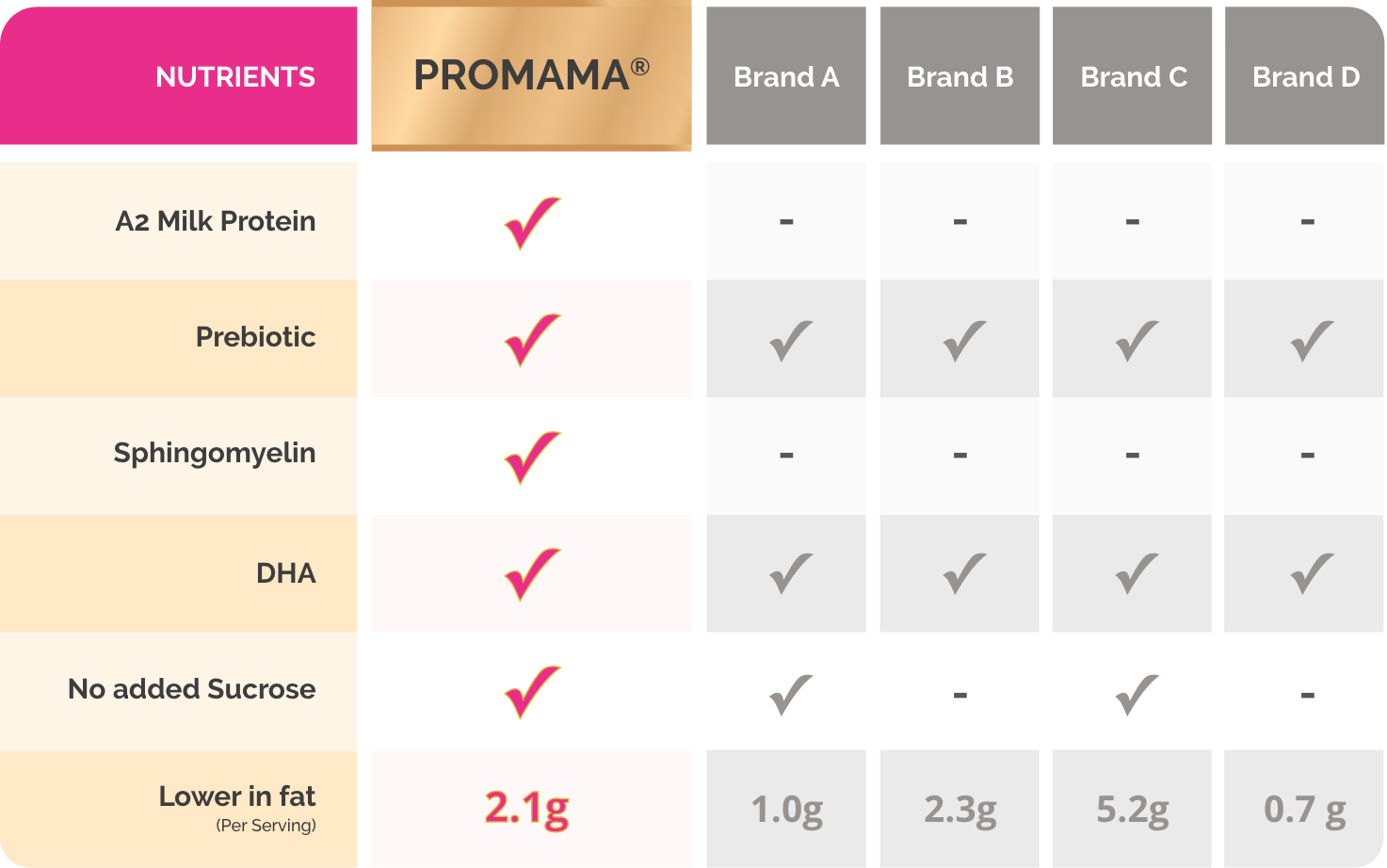
Data on file. Based on labels information as of June 2020.
How to Prepare
1-2 servings per day for pregnancy and lactating, or as per instructed by your healthcare professional.
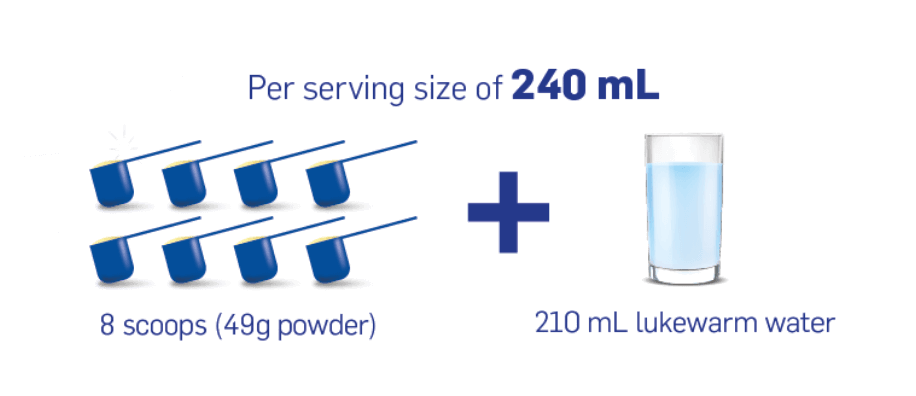
Recommended Article
Shop at Our Official Stores

RM35.85
References:
1. Lauritzen L. Hansen HS, JØrgensen MH, Michaelsen KF. Prog Lipid Res, 2001;40 (1-2):1-94.
2. Judge MP, et al. Am J Cln Nut, 2007;1572-1577.
3. Oshida K, Shimizu T, Takase M, et al. Pediatric Research, 2003, 53:589–593.
4. Wu BTF. et al. PLoS ONE, 2012;7(8):e43448.

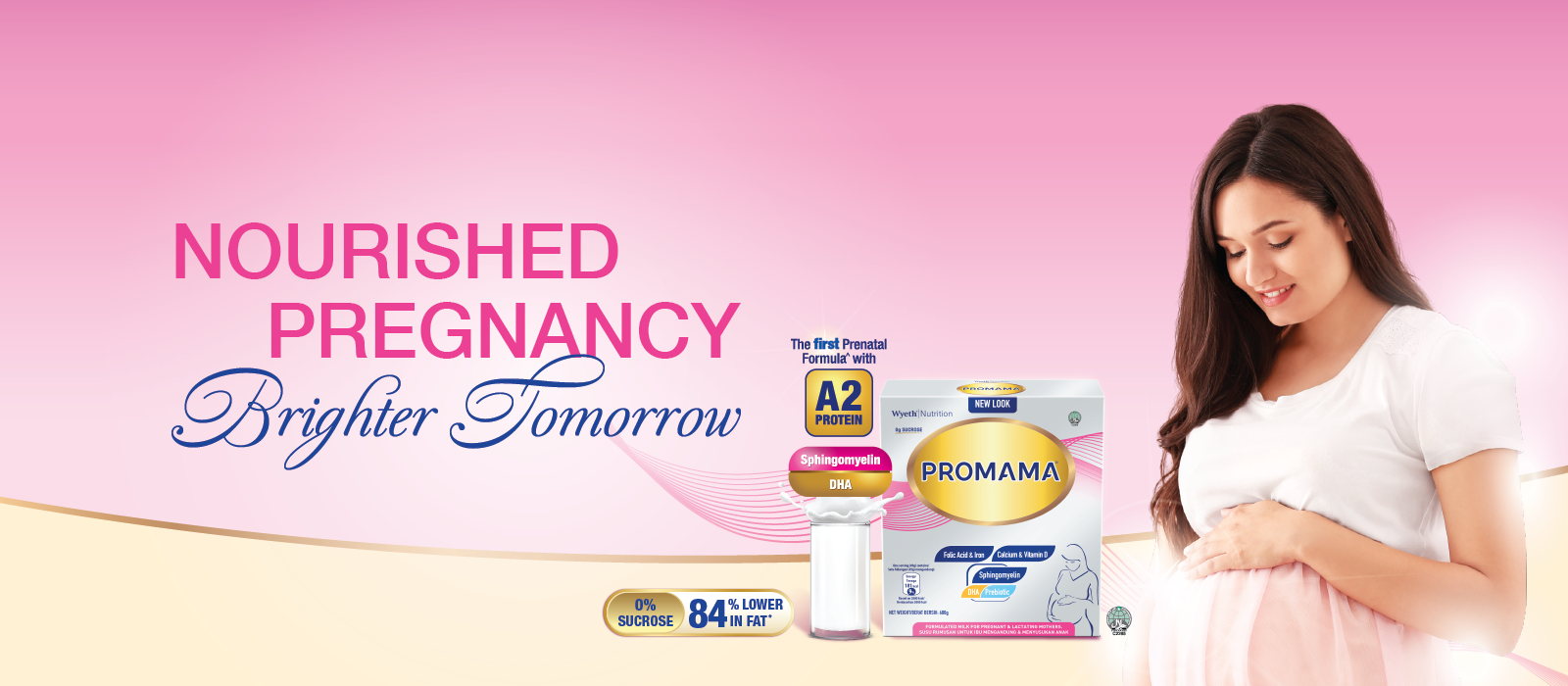






Please login to write a review.
Login